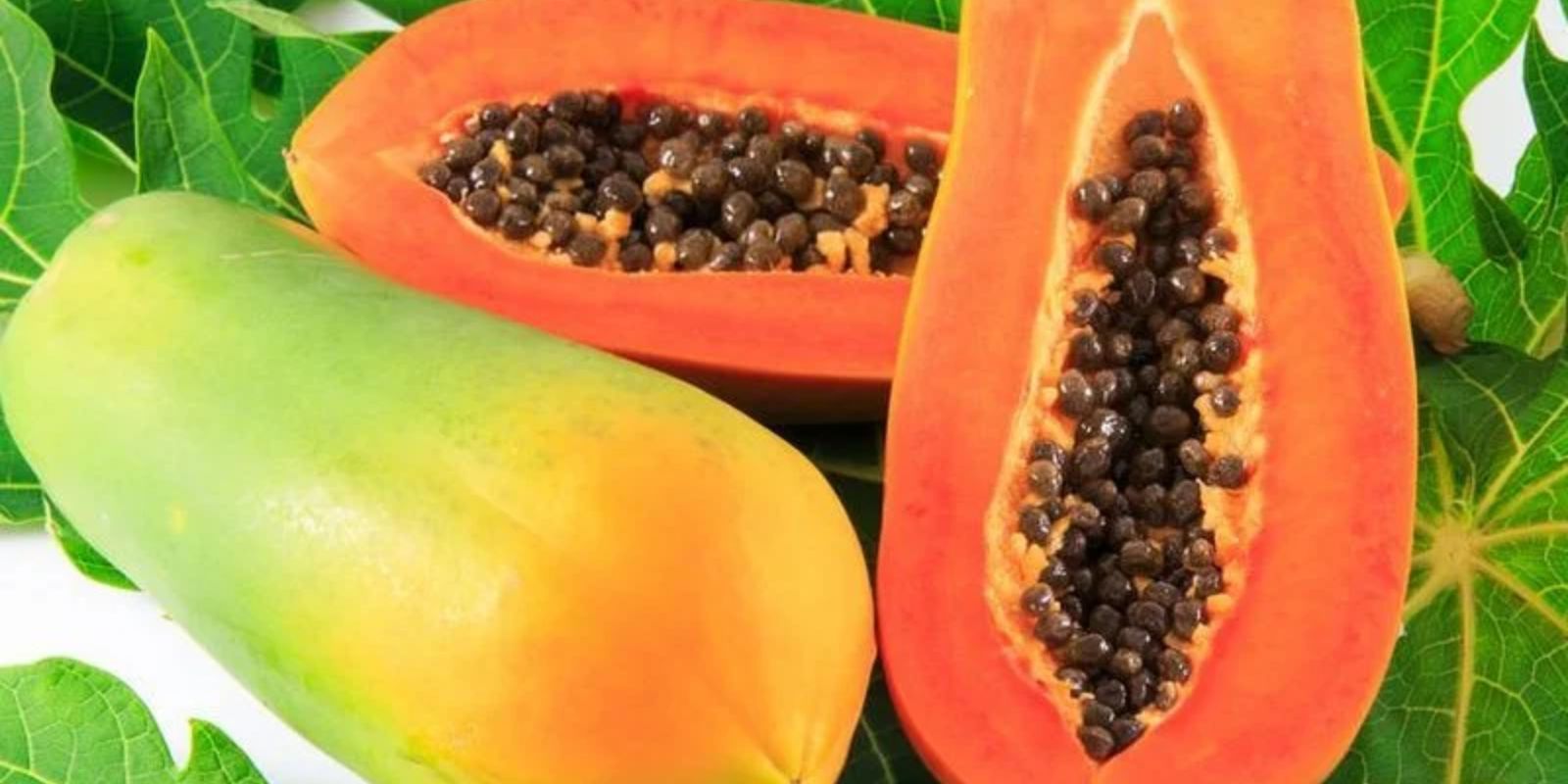Papaya, known as “lechosa” in some regions, is a versatile tropical fruit loved for its sweet, succulent taste and numerous health benefits. If you’re a gardening enthusiast or a commercial grower, you might have faced the challenge of a papaya tree growing tall but producing limited fruits. The good news is that you can easily address this issue with a simple yet effective technique called the “capping” method. This article dives into the details of why and how to implement this method to maximize your papaya yield.
Why Use the “Capping” Method for Papaya?
Papaya trees have a natural tendency to focus their energy on vertical growth, especially when they have rich soil and ample water. While this can lead to lush greenery, it often results in fewer flowers and fruits. The “capping” method redirects the tree’s energy, encouraging it to produce more fruits instead of growing taller.
Benefits of the Capping Method:
- Enhanced Fruit Production – By limiting vertical growth, more nutrients are available for flowering and fruiting.
- Easier Maintenance – Shorter trees make harvesting and pest control more manageable.
- Healthier Tree Growth – Strategic pruning improves airflow and reduces disease risks.
- Maximized Space – Ideal for urban or backyard gardening where space is limited.
The Science Behind the Capping Technique
When the growing tip of a papaya tree is removed, the plant shifts its hormonal balance. The auxins, or growth hormones, that were concentrated in the tip are redistributed to lateral buds, stimulating flowering and fruiting. This controlled growth strategy aligns with natural processes, enhancing the tree’s productivity.
Step-by-Step Guide to Capping Papaya for Maximum Yield
Follow these steps to implement the capping method effectively:
1. Select the Right Tree
- Choose a healthy papaya tree that’s established but hasn’t reached its maximum height (typically 3-6 feet).
- Ensure the tree is disease-free and growing in fertile, well-drained soil.
2. Prepare the Necessary Tools
- Use clean, sharp pruning shears or garden scissors to avoid damaging the tree.
- Disinfect tools with rubbing alcohol to prevent the spread of diseases.
3. Begin with Strategic Pruning
- Remove old, yellowing, or unnecessary leaves, especially those that are not supporting fruit clusters.
- Trim side branches that divert resources but don’t contribute to fruit production.
4. Create the “Cap”
- Identify the main growing tip at the top of the tree.
- Cut off the tip, leaving the tree at a manageable height (usually 4-5 feet).
- Make a clean, diagonal cut to minimize water pooling on the cut surface, which can lead to rot.
5. Apply Organic Fertilizer
- After capping, feed the tree with organic compost or a balanced fertilizer high in phosphorus and potassium to boost flowering.
- Spread the fertilizer evenly around the base, avoiding direct contact with the trunk.
6. Water and Mulch
- Water the tree consistently but avoid waterlogging. Mulch around the base to retain soil moisture and regulate temperature.
7. Monitor and Maintain
- Watch for new lateral growth and flowering within a few weeks.
- Continue to prune as necessary, removing suckers or unwanted growth.
Common Mistakes to Avoid When Capping Papaya
- Pruning Too Early – Avoid capping very young trees that haven’t yet developed strong roots.
- Over-Pruning – Removing too many leaves can stress the tree, reducing overall growth.
- Neglecting Aftercare – Proper watering, fertilizing, and pest control are crucial after capping.
Additional Tips for Thriving Papaya Trees
- Plant Multiple Trees
Papayas are better pollinated when planted in groups, ensuring a higher fruit set. - Companion Planting
Grow companion plants like marigolds or basil nearby to repel pests and attract pollinators. - Protect Against Pests
Use neem oil or organic sprays to prevent common papaya pests such as aphids and spider mites. - Optimize Sunlight
Ensure your papaya tree gets at least 6-8 hours of direct sunlight daily for robust growth. - Regular Soil Testing
Check soil pH and nutrient levels periodically to keep the tree in optimal health.
Why Capping Works Wonders for Urban and Small Gardens
For gardeners with limited space, tall papaya trees can be a challenge. The capping method transforms these towering giants into manageable shrubs, making them accessible and productive. Whether you’re growing in a backyard, balcony, or community garden, this technique helps you enjoy a bountiful harvest without the hassles of excessive height.
Success Stories: What Gardeners Say About Capping Papaya
- Maria from Florida: “After capping my papaya tree, I noticed more flowers within weeks. The fruits were bigger and sweeter than ever!”
- Arun from India: “This method saved me so much time during harvest. My tree is now short and loaded with fruits.”
- Julie from Australia: “I was skeptical, but capping worked wonders. It’s now my go-to method for all my papaya trees.”
Final Thoughts: Why You Should Try the Capping Method
The capping method is a game-changer for anyone who loves growing papayas. It’s simple, cost-effective, and yields remarkable results, whether you’re a beginner or an experienced gardener. By redirecting your tree’s energy, you’ll enjoy more fruits, healthier plants, and a gardening experience that’s both satisfying and rewarding.
💬 Have you tried the capping method on your papaya trees? Share your experience or ask questions in the comments! 🍈🌱
#PapayaHarvest #FruitfulGardens #TropicalGardening #GardeningTips #SustainableGardening

